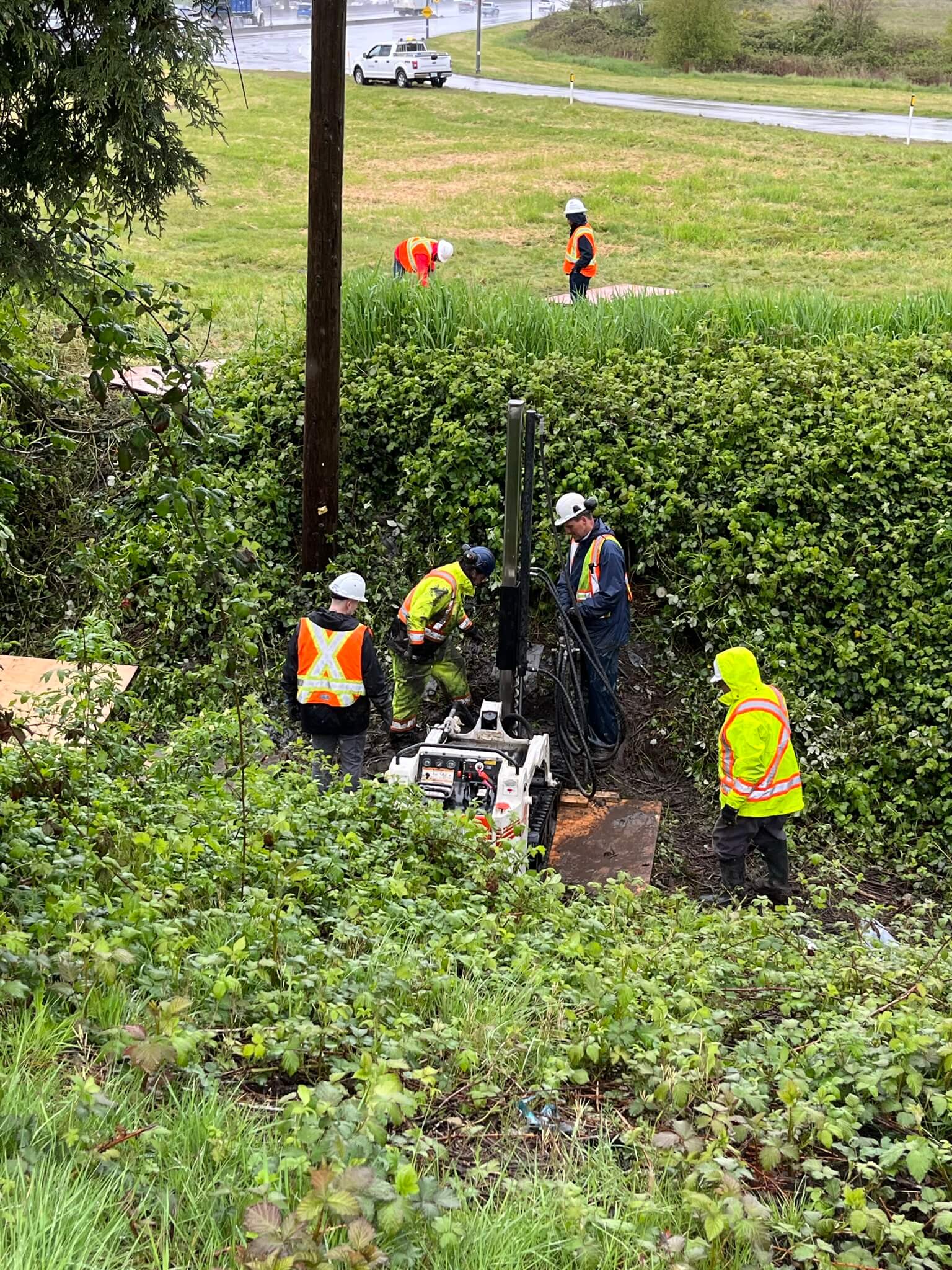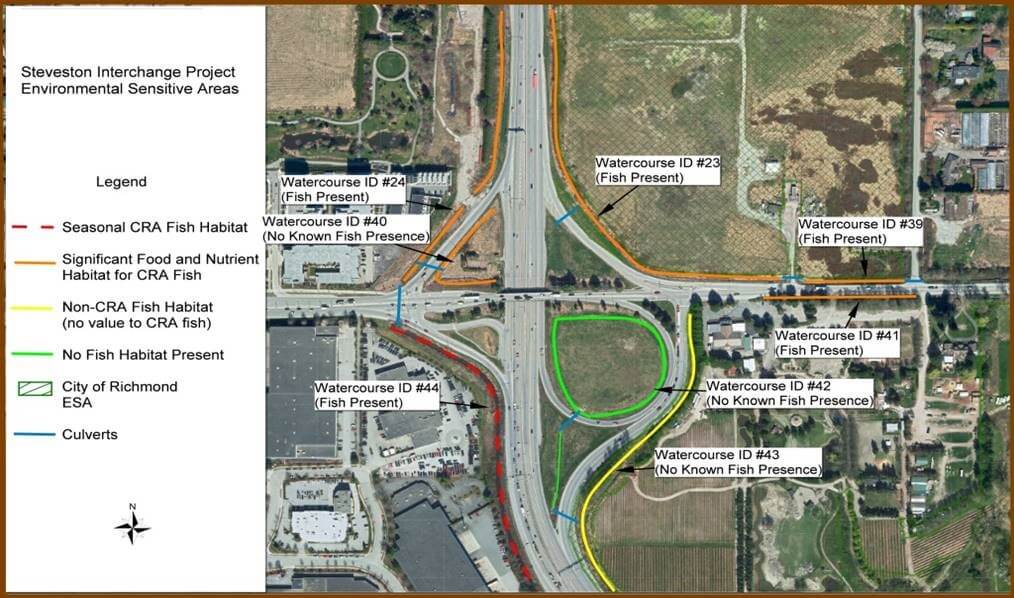Safety & Environment
Building Back Biodiversity with Indigenous Communities

The Steveston Interchange project near Vancouver, Canada, lies in the traditional lands used by several Indigenous peoples. Many still live in the Lower Mainland of British Columbia. When Flatiron needed to design habitat replacement for watercourse and upland areas disturbed by construction, folks from local Indigenous Nations helped us find native species of plants.
Today is International Biodiversity Day. Biological diversity is often understood in terms of the wide variety of plants, animals and microorganisms, but it also includes genetic differences within each species — for example, between varieties of crops and breeds of livestock — and the variety of ecosystems (lakes, forest, deserts, agricultural landscapes) that host multiple kind of interactions among their members (humans, plants and animals).
Biological diversity resources are the pillars upon which we build civilizations. More than 80% of the human diet is provided by plants. As many as 80% of people living in rural areas in developing countries rely on traditional plant‐based medicines for basic healthcare.
The plants chosen for the Steveston Interchange project include resilient species beneficial to wildlife which live or move around this traffic exchange. These plants are an important part of building back biodiversity across British Columbia and throughout areas where Flatiron works.

Dee Patriquin, Flatiron environmental manager for Canada said, “I love being able to add an ecological aspect to our projects, working with design and construction teams to add biodiverse and healthy habitats to the built infrastructure we create.
“In my career, I’ve seen once abundant species decline rapidly. And as an ecologist, I know that the loss of these plant and wildlife species affects the health of ecosystems that support us.”
At-risk species can recover through conservation efforts of people motivated by an awareness of the impact of that loss to us, our livelihoods and the quality of life we enjoy.
Working with Indigenous communities on this project to develop habitat restoration plans that are culturally meaningful as well as ecologically relevant has been particularly meaningful to Dee. “It demonstrates the benefits of integrated planning that considers the relationships of people to natural landscapes, as well as the ecological aspects of restoration,” she said.

Loss of biodiversity is a real threat to the health and well-being of natural and human communities. We are reliant on healthy ecosystems for clean water and air, pollination, and other ecological benefits, as well as the quality of life that natural landscapes bring.
As our Indigenous partners on this project believe, biological diversity is an asset that we can pass on to future generations.
To learn more about International Biodiversity Day, check out: https://www.unep.org/events/un-day/international-day-biological-diversity-2023
